Of all the Rebel leaders in Star Wars, the most vicious and perhaps most realistic is Saw Gerrera.

The best description of his character is a cross between Osama Bin Laden and Che Guevara. Like Bin Laden, he broke with the other Rebel factions by taking his fight with the Empire to the extreme – utilizing high-collateral terror tactics resulting in civilian deaths and torture of prisoners. Similarly, he takes a page out of Che Guevara’s book in his travels to different planets/countries to recruit and spread the spirit of revolution across the galaxy.


What truly distinguishes Saw is he’s not fighting for a core ideology; it’s born out of pure hatred for The Empire. Saw sees no interest in being part of a larger movement. He’s an anarchist who wants to rule his own state of perpetual revolution.
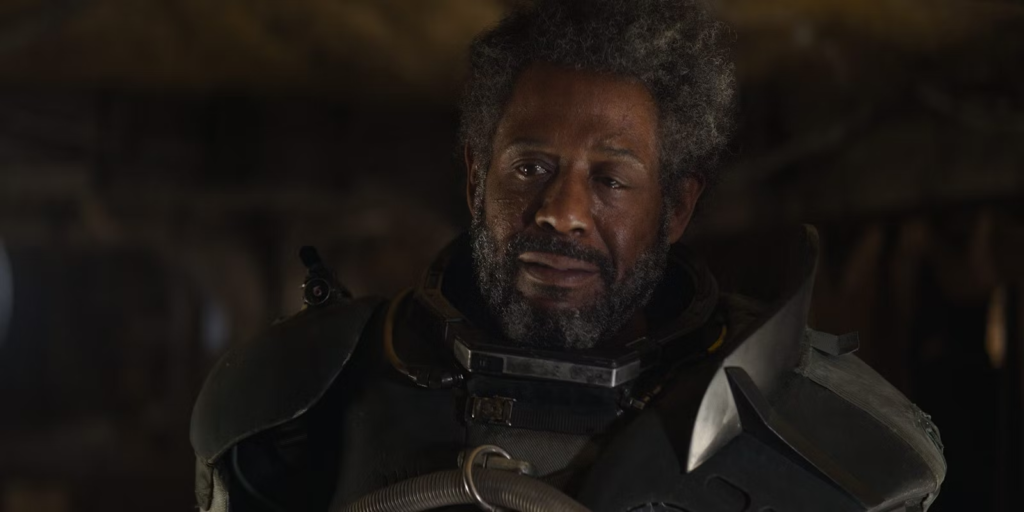
Saw’s “Shit List”
In episode 9 Of Andor we follow rebel agent Luthen Rael as he meets with Saw Gerrera. Luthen offers assistance to Saw in exchange for a simple meeting with a rival rebel leader. Saw displays his wariness about working with other rebel factions because of his distrust of previously failed rebellions.
Gerrera then lists all the rebel cells he knows of in the galaxy, shedding some deeper insight as to the state of the Rebellion at this point in the conflict. But who were these factions, and why does Saw refuse to work with every single one of his supposed “allies”?
The Separatists

When “separatists” are mentioned in the Star Wars universe, it’s a pretty safe assumption that they’re referring to the Confederacy of Independent Systems [CIS], or the veterans thereof.

No doubt, pro-Dooku Separatist holdouts would have been among the first armed resistance to The Empire. Saw very likely held onto his not-so-old grudges against veteran separatists due to his planet’s particularly violent experiences during the Clone Wars.

Fighting battle droids and the loss of his sister took a toll on the young freedom fighter who wants his planet free from any occupation.
The Neo-Republicans

No Doubt the other large faction among the opposition are those who desire to restore the Republic.

Seeing the empire taking the place of democratic institutions would certainly dishearten many leaders with “republican values”. However, the reason why there was no major backlash is that after 4 years of war many simply were tired. Many at first welcomed the new change as it was believed that the new stability would create peace and opportunity for its citizens. It wouldn’t be until another decade before the empire’s ruthless policies and anti-alien sentiment begins to take hold.
Neo-Republicanism a hard pitch to the public because many believed that the Old Republic system is an antiquated institution; many would even argue The Empire and The Republic are one and the same since the senate still plays an active role in Palpatine’s regime. It could even be argued that the Old Republic never died until Palpatine formally dissolved the senate as said back in A New Hope.
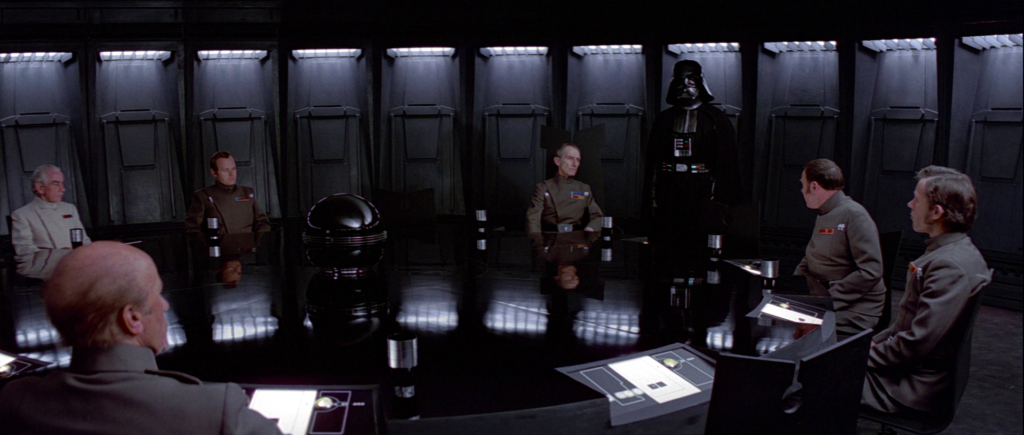
“The Imperial Senate will no longer be of any concern to us. The Emperor has dissolved the council permanently, and the last remnants of the Old Republic have been swept away”
Partisan Alliance
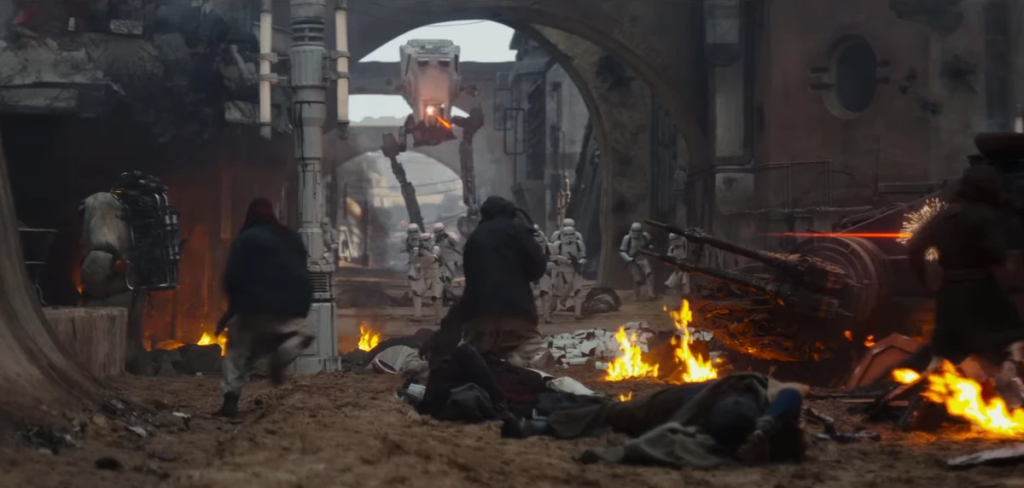
This is a curious term because Saw’s own soldiers are known as “The Partisans”. This has more or less confirmed, that Saw never wants to be part of any larger movement. His fight against The Empire is on his own terms and working with other factions doesn’t mesh well with his ego.

“Partisans” are usually described as insurgent forces that are opposing direct occupation – so a title that applies to just about every local resistance group in both the Galaxy Far Away and the Milky Way. However, in the context of the Star Wars universe at this particular point in time, it’s a pretty safe assumption the “Partisan Alliance” is a coalition of several local guerilla groups trying to (at least loosely) coordinate their own resources and offensives to resist The Empire in their own backyards.

Saw’s “Partisans” are no longer local, but a roving Rebel band whose services are available wherever the imperial military is directly occupying. Specifically, he targets locations where The Empire is producing weapons, whether it’s an explosive compound on Kashyyyk in Jedi Fallen Order or the kyber crystals on Jedha during Rogue One.
While Saw certainly will have worked with the Partisan Alliance on several occasions, it’s clear that his beef with them is mostly on the grounds of being a team player. He doesn’t want to share credit, fame, or the leadership of his own cell with any local faction and their goals. He’s a hothead who just wants to fight, so while he may be fighting The Empire on the same planet as your group, that doesn’t mean he’ll be working with you.

Galaxy Partitionists

Clearly, the galaxy may be too large for a central authority to govern effectively, which may be why some factions wish for it to be broken into separate independent zones.
In a way, Palpatine practiced this when his empire began to form. Towards the final days of the Galactic Republic, revealed in deleted scenes, Palpatine began to install provincial governors to oversee the various systems the Republic took back. This caused concerns as governors held more power to oversee various systems without consulting the Senators. Senators who go with the system would go on to live incredibly privileged lives while the job title of “senator” would be no more than a figurehead doing their duties only as a formal ceremony.
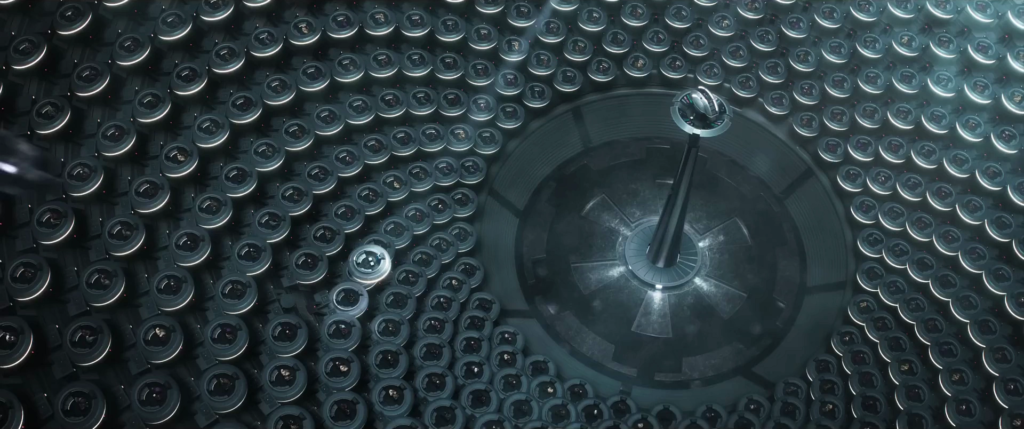
By the time we get to Star Wars: Rebels, we have Grand Moffs like Tarkin, who effectively govern the core, mid, and outer rims. Partitioning could also explain how The Empire surged into The First Order as there were legions commanded by renegade officers that were left unchecked after the war ended.
Human Cultists

The most peculiar faction mentioned by Saw is the “Human Cultists”. It’s hard to say what exactly is practiced in this cult, but the best theory is that they were human supremacists considered too extreme for Palpatine.
Despite the Empire’s generally pro-human hegemony, Palpatine at least sees value in other alien races. As a means to an end, yes, but he was never wistful with resources. Human Cultists want to free the galaxy, but only humans. This is another group Saw would never get on with since the bulk of his troops appears to be disillusioned aliens.

In a way, I would like to compare the Human Cultists with the Free Soil Party, a political party formed during pre-civil war America. Their goal was to stop slavery expansion, but only to save their lands for the white men. The blatant hypocrisy of many “freedom” parties would alienate legitimate movements against The Empire.

Conclusion

Rogue One and, indeed, Andor excel at highlighting the loose associations of the rebellion and its many cells.
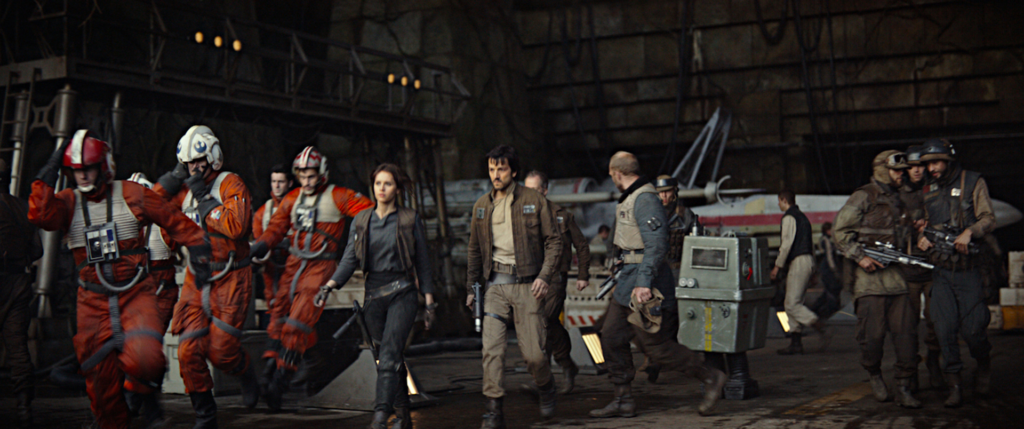
It’s called the Rebel Alliance for a reason. None of these factions liked each other, but the one thing they all agreed on was the Empire’s downfall, and it took the leadership of the likes of Bail Organa and especially Mon Mothma to hold this all together.
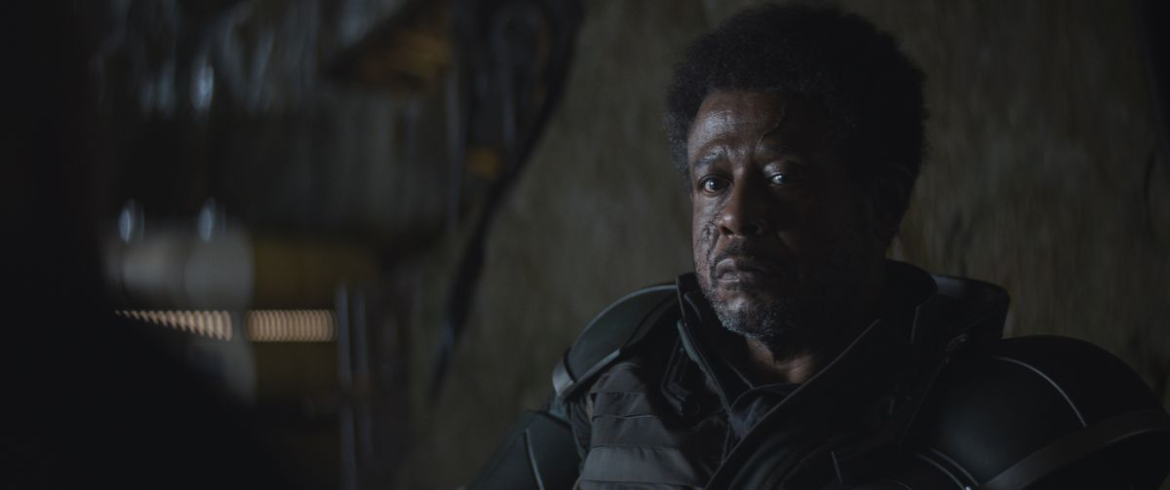




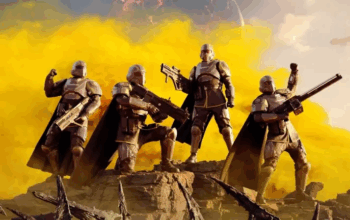
fantastic points altogether, you simply gained a new reader. What would you recommend in regards to your post that you made some days ago? Any positive?
The articles you write help me a lot and I like the topic
I’m so in love with this. You did a great job!!